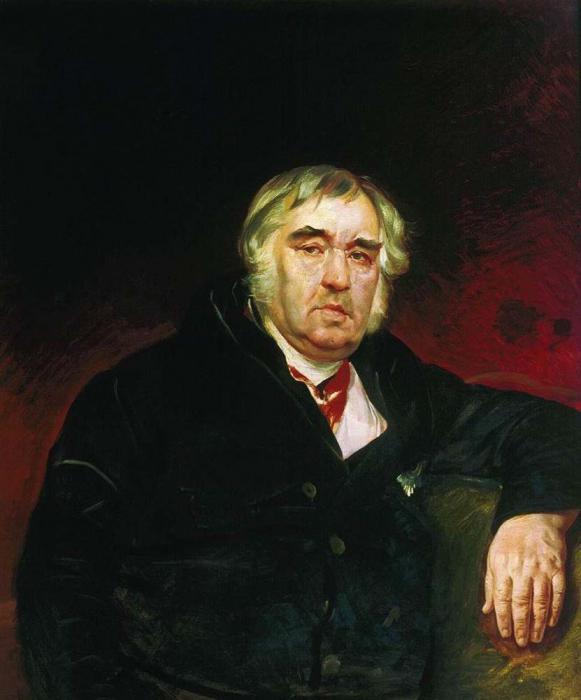
What do people associate with the word "fable"? Krylov's surname will probably pop up, vaguely remember something about a monkey with glasses, for whom memory is better, he will call Aesop. However, the genre of the fable is much more interesting and much older. Therefore, as we believe, people used to ask how the conclusion is formulated in the fable. In turn, we in our note will try to answer this question.
For a long time, children (and some adults, too)require explanations: why one should be afraid of steep precipices, why should one listen to rustles in the bushes at the cave, why should we listen to adults, and another thousand different "why" and "why." People need convincing, simple and understandable examples. But it is better to avoid moralizing in this case, notations in general cause only disgust. Why? Because no one likes edification, because it always smells of reproach and accusation. But a fictitious story with a concrete conclusion, which even a child will believe, will fit perfectly.
And the adult with his examples has no trust, the parent in the eyes of the child is a "prohibitive sign", and meanwhile the world is so great and interesting.
The child does not know yet what is prohibitedhiding parental care, he thinks about the following: "What if they do it out of harm?" And some faith in their own invulnerability works, they say, so with me something like this just will not happen.
Do not worry, dear readers, this information has a direct relationship to the answer to the question of how the conclusion is formulated in the fable. And we move further in our reasoning
A fable or its relatives (a parable or a fairy tale) kills a rhinestone of three hares.
Sometimes morality is placed at the beginning of the story, in order to emphasize the author's grace and wit. When the essence of the presented is already known, the task of the narrator consists only in the novelty of the plot and in the beauty of the syllable.
Now you can easily answer the question, how the conclusion is formulated in the fable. It is submitted in the form of morality, which is usually easy and unobtrusive, but the moral lessons of fables are remembered for life.
However, in the Russian-speaking reader, the word "fable" is necessarily associated with the poetic form.

Initially, the story of morality was prose. Aesop and Phaedrus (known fabulists of antiquity) created small stories with a very instructive end. Their listeners and viewers did not even have time to think: "And how is the conclusion formulated in the fable?" At the same time, when they listened to the last word, the morals of the work became self-evident for them.
The works of Aesop and Phaedra were so new andso much shocked contemporaries that their work was collected in collections and retold to each other at home. But time went on, the stories and lines did not change, and the novelty could be given to new ideas only by a new form, a fable could not even surprise a morality.

The poet Jean Lafontaine transferred the works of the ancients toFrench in verse form. Old ideas played with new colors, and archaic legends became trendy among the Parisian, and later Russian intelligentsia. Russian figures: AP Sumarokov, VKTrediakovsky - first translated the fables of Lafontaine, and then they began to write their own. Naturally, imitating the fashion of that time, they did it in the form of small rhymed works.

The top of this genre in Russia is considered to beworks of IA Krylov. There is an advantage in poetic fables: as a fable usually has only one thought, and all its characters are meant to show a pattern of right or wrong behavior, then an easy and unobtrusive, slightly crafty work in rhyme and with a certain rhythm will do it best.
The conclusion of Krylov's fables was not too different frommorality of its ancient predecessors. The only thing I want to emphasize is that, willingly or unwillingly, Ivan Andreevich adapted the fable subject to Russian realities and made it more understandable to the domestic reader or listener, the same is true for LN. Tolstoy.
However, most people think that prose is simpleris perceived, since the various techniques that are used to create a rhyme complicate the understanding of what is happening in the storyline and blur the boundaries of the narrative. Perhaps this is so, but morality saves the situation. She immediately reveals what vice or virtue the author describes, making the work short, concise and complete.
We hope that our article has not helped the readeronly to understand, frankly speaking, a simple matter, as the conclusion in the fable is called, but also encouraged him to re-read classical works of this genre of domestic and foreign masters.
